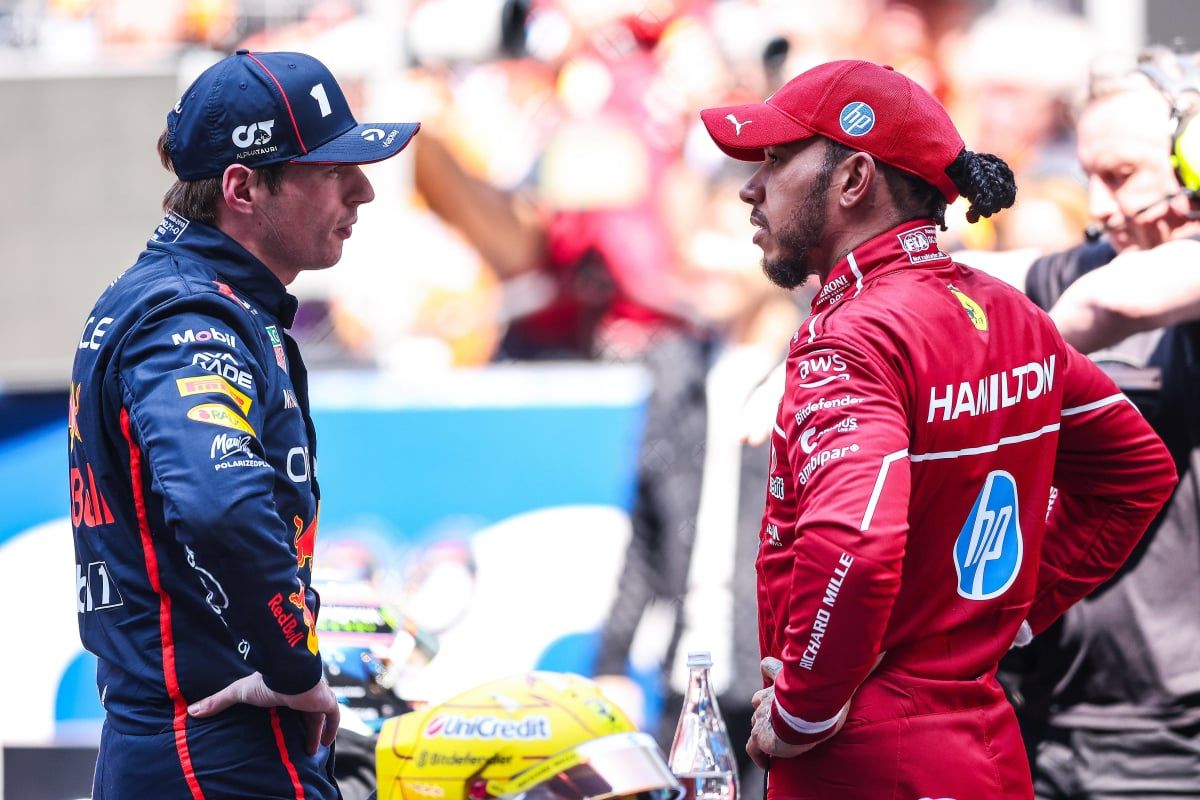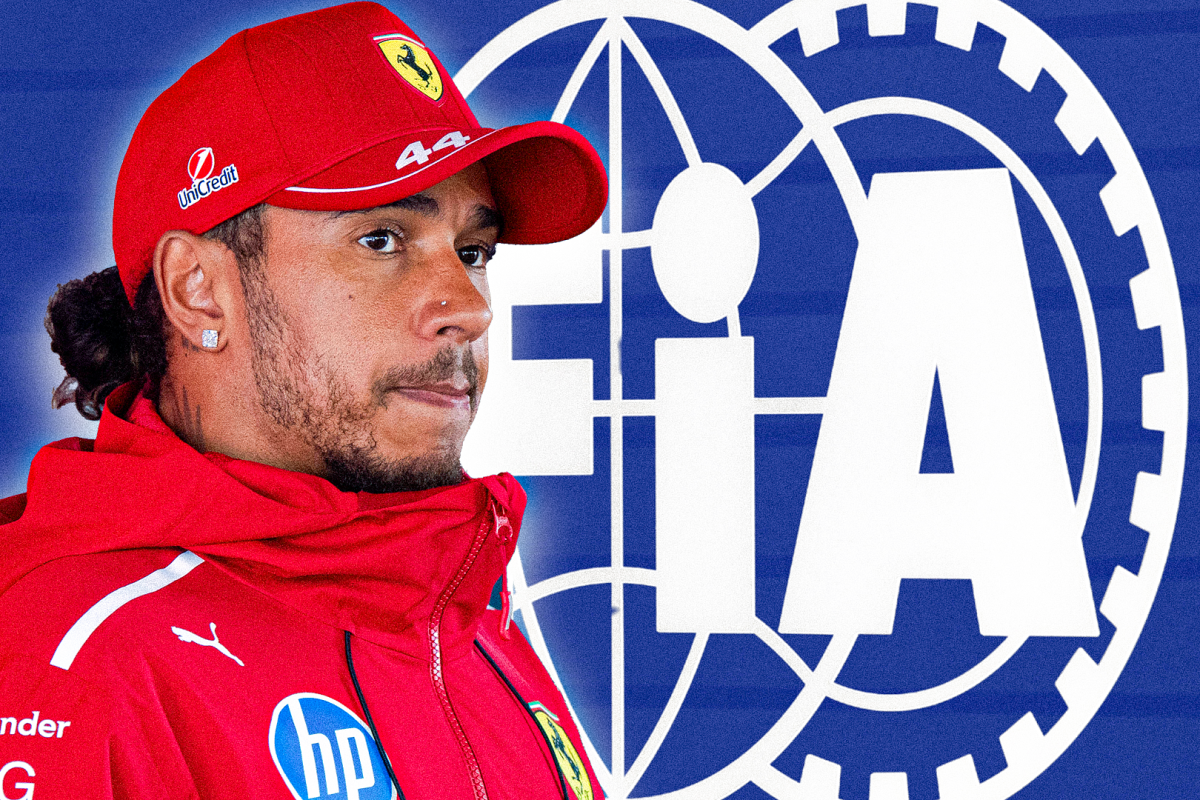FIA announce George Russell punishment verdict at C… read more
The FIA’s decision to issue only a warning to Mercedes driver George Russell following an investigation into a track limits infringement during the Canadian Grand Prix’s second practice session has concluded. The incident, which unfolded during FP2 at the Circuit Gilles Villeneuve, saw Russell summoned to the stewards for an alleged breach of Article 12.2.1i of the International Sporting Code and non-compliance with the Race Director’s Event Note. The incident highlighted the complexities of interpreting and enforcing track limits rules, particularly given the nuances of high-speed corners and the pressure of competitive practice sessions.
Russell’s transgression occurred at Turn 14. While leading the session, he experienced a momentary loss of control, causing him to briefly leave the track and cut the orange kerbs marking the track limits. His explanation to the stewards was straightforward: upon pitting for new tires, he lost the rear of his car at Turn 13, forcing him to take evasive action to avoid a collision with the wall. In doing so, he inadvertently cut the orange line at the exit of Turn 14. He acknowledged his error, immediately realizing he had not followed the race director’s instructions to utilize the designated escape road. Crucially, he emphasized that no other cars were affected and his rejoining was conducted safely.
The stewards, after reviewing video evidence, including in-car footage, accepted Russell’s account. Their statement clarified that the driver’s actions, while technically a breach of the regulations, were deemed to be a consequence of a sudden loss of control and not a deliberate attempt to gain an unfair advantage. The stewards highlighted the driver’s prompt acknowledgment of his mistake and his apology as mitigating factors. The decision to issue only a warning was justified by the stewards’ commitment to consistency with prior rulings for similar infringements during free practice sessions at the same circuit. This emphasis on consistency in penalty application is a key element of ensuring fairness and predictability within the sport’s regulatory framework.
The incident underscores the constant balancing act faced by the FIA in enforcing regulations while also considering the unpredictable nature of racing and the context of each infringement. While upholding the rules is paramount, excessively harsh penalties can undermine the spirit of competition, particularly during practice sessions where experimentation and pushing the limits are common. The stewards’ decision reflects this nuanced understanding, opting for a proportionate response that avoids unduly penalizing a driver for a mistake made under challenging circumstances.
The outcome of the investigation provided a significant relief for Russell and the Mercedes team. The warning, rather than a penalty, allowed Russell to maintain his momentum, crucial given his leading performance in FP2. The Canadian Grand Prix presented a pivotal opportunity for Russell and Mercedes to further solidify their position in the Constructors’ Championship. Mercedes, having moved up to third in the standings, trailed Ferrari by only six points heading into the weekend’s qualifying and race. Every point gained is significant in their pursuit of closing the gap and improving their overall championship standing. The pressure on Russell was compounded by his pending contract extension with Mercedes, making strong results vital to secure his future with the team.
The incident and its subsequent resolution highlight the complexities of modern Formula 1 regulations and the ongoing discussions surrounding track limits. The FIA’s approach, emphasizing consistency and context, seeks to balance the need for fair competition with the realities of high-stakes motorsports. Russell’s case provides a clear example of the stewards’ efforts to apply the rules in a fair and measured manner, ensuring that penalties reflect the severity of the infraction and the circumstances in which it occurred.




